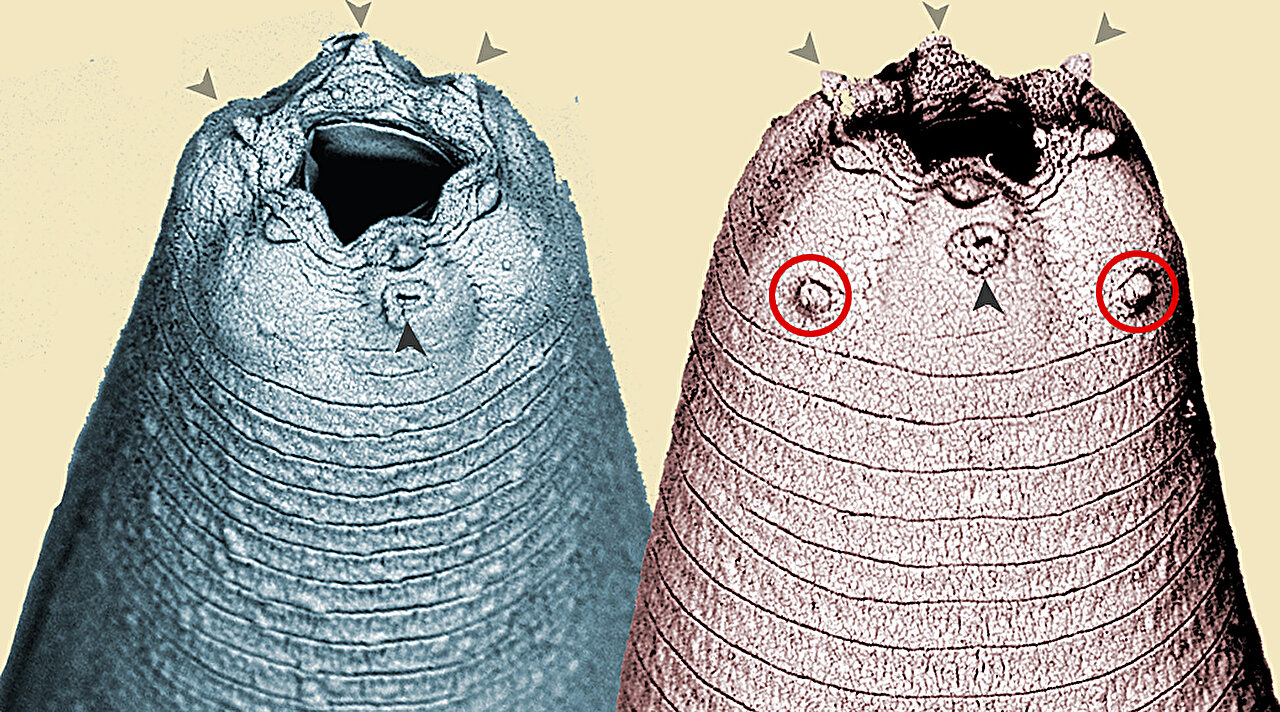Through an electron microscope they may look like the giant sandworms from Dune, but C. elegans nematodes are only 1 millimeter long.
The worms have a layer that covers their bodies called the apical extracellular matrix. A similar matrix protects every surface of our own bodies, inside and out.
Anything trying to enter a C. elegans or human body—bacteria, viruses, medicines, even tastes and smells—must first cross the matrix.
By studying these worms, scientists in the lab of Harvard Medical School geneticist Max Heiman have just added to a growing body of knowledge about how the matrix is organized.
In worms, tiny openings in the matrix (arrows in photo) allow taste bud-like sensory cells to poke out into the environment. Heiman’s lab focused on a set of openings that form only in adult males (circled on the worm colored in red).
2023-09-13 12:00:04
Post from phys.org
